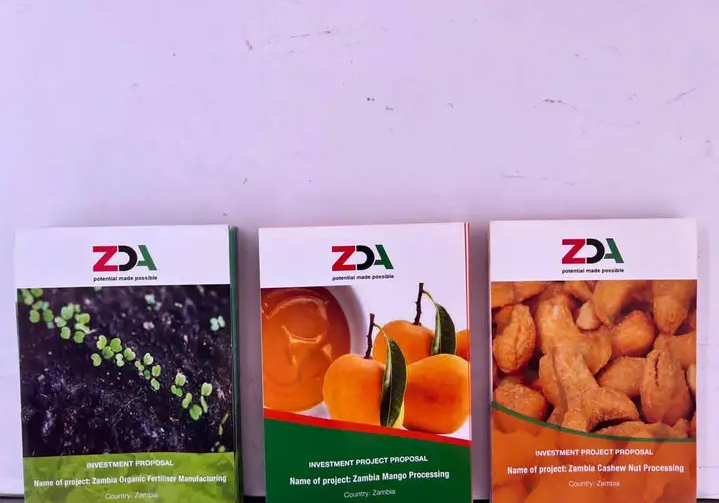By Derrick Silimina
The Zambia Development Agency (ZDA) through its export financing entity, Zambia Export Development Fund has secured a total of $29 million to support non-traditional Zambian Small and Medium Enterprises to grow their export base in Zambia.
Recently, $25 million was secured from other development finance funders and investors, thereby increasing the fund base to US$29 million.
In a statement, ZDA Head Communications and Public Relations Kwali Mfuni said the Fund was intended to provide affordable finance for Small and Medium Enterprises (SMEs), firms, women and youth.
“In order to access the Export Development Fund (EDF), applicants should be incorporated or registered business; viable transactions with established counterparty and verifiable off-takers that support women and youth empowerment, evidence of profitability, jobs and foreign exchange earnings,” Mfuni said.
She reiterated that the Zambia Export Development Fund (ZEDF or the Fund) operates a revolving finance facility that provides working capital to non – traditional exporters to support and grow the export sector in Zambia.
Mfuni emphasized that the Fund provides for working capital on a 12-month tenure with a provision of two maximum rollovers subject to performance adding that the new funding line includes project specific finance for a repayment period of three to five years, while the repayment period may be semi-annual but not exceeding two years.
“The business should among other things be export ready in non-traditional exports; wholly Zambian owned or partly owned but with Zambian majority; evidence of existing capacity and potential for export capable market. It should also include a certain percentage of the sales from exports; minimum annual turnover of K450, 000 and the applicant’s ability to fund 25% required co-contribution,” she stated.
“In addition, the applicant should exhibit evidence of capacity to provide favorable outcomes from exports – demonstrated capacity to carry out its business; relevant experience and expertise for the intended market; relevant collaboration between applicant and other organizations; and indication of need for technical assistance or prior support received. Further, the company should have an export strategy, delivery plan and a business plan that demonstrates significant export potential.”








